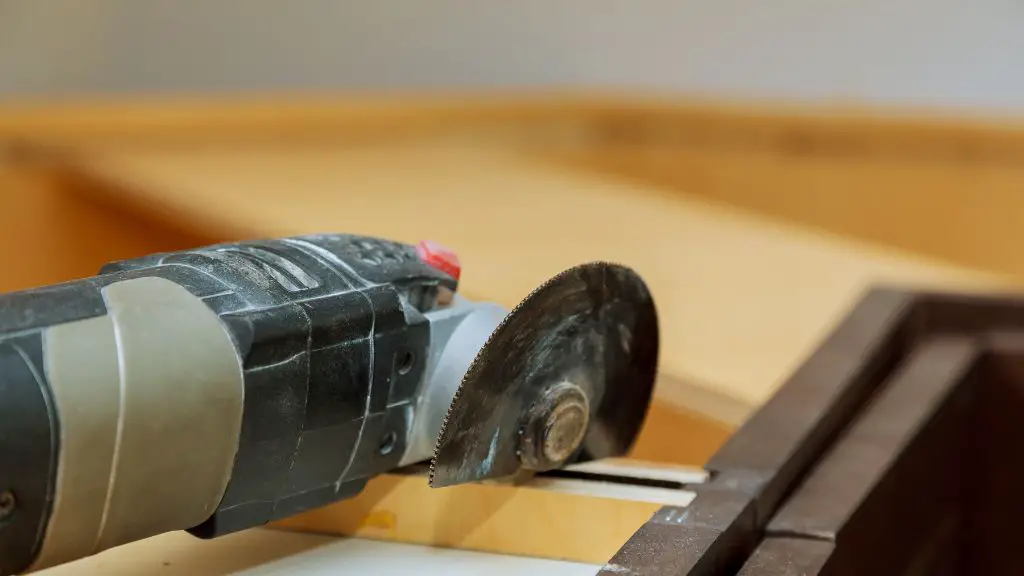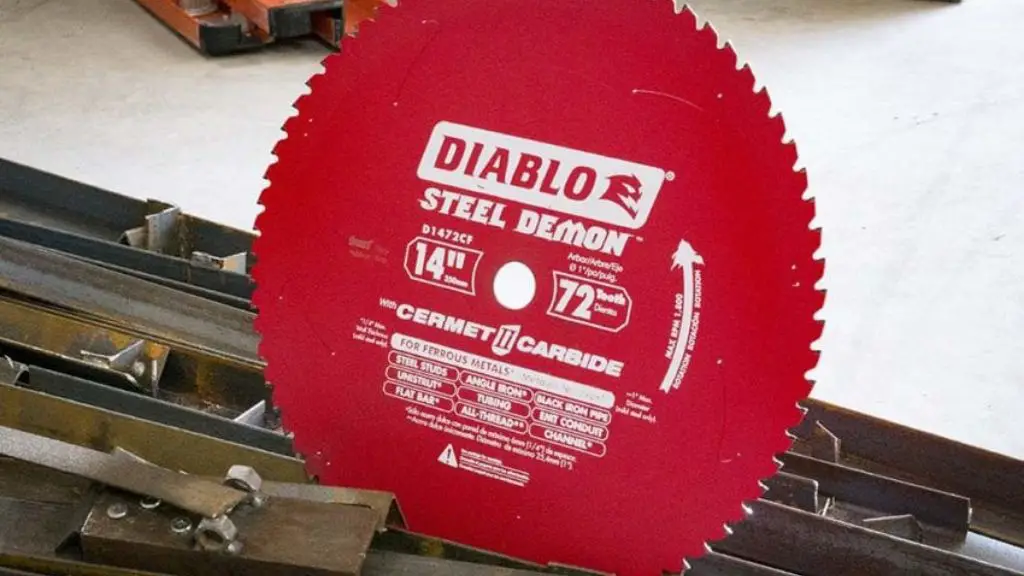When it comes to cutting wood, an oscillating tool may not be the first to come to mind. This tool offers versatility and flexibility when it comes to cutting different materials. You can access other areas that the traditional saw cannot. There are not many people that consider the oscillating tool for cutting wood. So, the million-dollar question here is, ‘can you cut wood with an oscillating tool?’
Yes, you can use an oscillating tool to cut wood. Now, it is not ideal to use on big projects like cutting timber, but you can definitely use this tool in cutting small wood projects. As long as you use the right blade for the tool, you can cut wood easily.
In this article, I will talk all about cutting wood using an oscillating saw. Aside from that, I will also talk about the best blade to use for your wood-cutting projects and some tips that you can get to make sure that you get the best result possible.
Cutting Wood with an Oscillating Saw
As I’ve mentioned above, an oscillating saw may not be the best tool to use if you plan to cut big chunks of wood. Assuming that the tool can cut through timber, the number of wood-cutting applicants is endless. There are different common uses when it comes to using oscillating saws on timber materials.
Tackling Your Baseboard with the Oscillating Saw
When it comes to corner baseboards, it is best to use a miter saw. However, you can try to make a perfect 45-degree angle with your oscillating tool, but the result may not be to your liking. It can leave a gap around the edges where your fingers can fit, which you don’t want to happen.
If you need to resize, shape, or mold baseboards, then the oscillating saw is the best tool to use. Aside from the baseboards, it can also work on laminate, carpers, or uneven flooring. Thanks to its long, flat, and off-set angled heads of the blade, it will let you adjust the timber planks during situ.
Working with Wood Sheeting
Oscillating saws can cater to the most common formats of timber sheeting. This would include OSB (oriented strand board), particleboards, plywood, and MDF (medium-density fibreboard). You can also work with melamine-coated wood, but it is best to keep in mind that it is a dense material that will rapidly dull the blade.
For straight cuts, it is best to fit a segmented blade, but you need to consider the limitations of the timber thickness of the material you are working on. You need to know whether you would need to make a single or double cut.
If you need to do long shears, it is best to use a circular saw instead. It can provide a more consistent and efficient cut than the oscillating saw. This tool is only best used on wood sheeting for trimming, recessing, molding, and shaping.
The Best Blade to Use in Cutting Wood
When working with wood, it can be a bit challenging to choose the best blade. However, it is pretty simple. Shearing and trimming metal will require special considerations such as density and tensile strength, wood, on the other hand, you would only need a bi-metal blade.
The bi-metal blade can handle all species of dense and hardwood. This would include wood types like stubborn oak, hickory, and maple. The only thing that you should consider is whether to choose a segmented or plunge bi-metal cutter.
Using a Segmented Blade
If you need to make linear cuts on the wood, it is best to choose a segmented blade for the oscillating tool. The semicircular construction is best for straight-line shearing, and it can work with trimming as well as finishing areas that are hard to reach.
Using Plunge Cut Blade
When working with recess wood or you need to tackle areas away from edges, the best blade to use is the plunge cut blade. Also, if you are planning on undercutting baseboards or doors without needing to fix them from the wall or jamb, the flat and angled build of the plunge cutting makes it light work when trying to access confined spaces.
If you are planning to choose a bi-metal blade for wood, take a look at the teeth. It has a large set of teeth where it is angled away from the blade. With this design, it prevents clogging of dust, burrs, and splinters during the cutting process.
Tips on Using Oscillating Tools on Wood
Straightedge: Use for Making Straight Cuts
If you just need to shave off a tiny part of your cabinet or a piece of trim, it is best to use a straightedge. It will make a clean, precise cut, and expect that you won’t run into problems during the cutting process. You just have to make sure the blade will not gouge the straightedge. Also, be sure not to let the straightedge go off course.
For a Fast Flooring Prep
When you are installing a new floor, the best blade to use is the flush-cutting blade. It can slash through doorjambs without a hitch. All you need is scrap flooring to use as a guide for the oscillating tool so that it can make straight, clean cuts on your new flooring.
Trim Shims Without a Problem
If you are installing a door, the best way to trim the shims is to score them with a utility knife. After that, snap them off once you’ve cut them. This is the slow and sure way to push the shims out of place. Now, the only thing with this method is that they sometimes don’t break off as clean as you want them to.
However, with an oscillating tool, it will get the job done perfectly—a quick and no-hassle process.
Conclusion
Having a tool like the oscillating tool in your toolbox can come in handy when you are a woodworker. It can provide clean cuts in hard-to-reach areas. As long as you are using the right blade, you can get the job done without any problems. For small projects, this is the best tool to use. However, if you need to cut large amounts of wood, then it is best to go with a circular saw instead. With that said, it is still best to have this tool in handy in case you work on small wood materials.

I have always loved sawing and cutting. I started doing it when I was a kid and never stopped. I love the feel of the wood beneath my hands, the smell of the sawdust, and the satisfaction of creating something beautiful.
I’ve been writing for quite some time now and thoroughly enjoy sharing my passion with others. I’ve written for both online and offline publications – such as Amazon and Medium.





